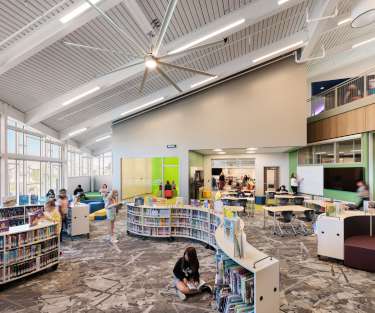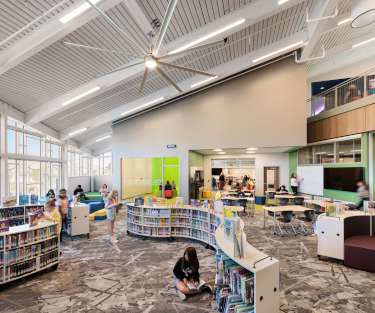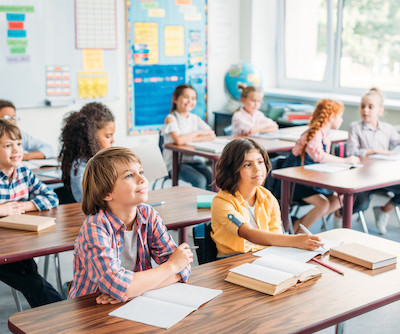Quieter classrooms: How classroom design promotes effective learning
eSchool News
JANUARY 20, 2023
Besides noise reduction, students require a harmonious balance among lighting, temperature, air quality, and intentional design to maximize their focus throughout their long days. Understanding the need to balance these components, we always approach education design by drafting inclusive spaces with adaptable features.





















Let's personalize your content